This summer, I read Adam White’s debut novel The Midcoast, which includes a portion set at our very own Bates College. One of the central character’s daughters was touring colleges for lacrosse and ranked Bates high on her prospective list. The story resonated with me not only for its niche NESCAC lacrosse moments but for its description of Lewiston. The father in the novel felt apprehension sending his daughter to a school located in a city that he saw as particularly impacted by the nation’s opioid epidemic. Despite accurate imagery of the campus, White neglects to describe the city as anything other than this limiting stereotype. Frustrated by this, I found myself reflecting on my own experiences living in Lewiston.
Lewiston, familiarly known as “the Lew,” is the second most populous city in Maine. When I began at Bates in fall 2022, I knew very little about the area except that Da Vinci’s had a delicious shrimp scampi and that Forage was the spot for a coffee and breakfast bagel. Having lived in Philadelphia my whole life, being in Maine was exciting and I couldn’t wait to explore a new city. However, what I soon realized was a clear separation between college and city life.
Many students will describe feeling stuck in the “Bates bubble,” enveloped in a world of academia that is out of touch with community matters. I wanted to do the best I could to bridge the gap, which led me to the Harward Center at Bates.
According to its website, the Harward Center strives to “weave together campus and community for the enrichment of both student learning and public life” and incorporate the “resources and concerns of [the] community into the Bates educational experience and onto the Bates campus.” It is the college’s hub for community engagement and a great resource for those interested in connecting with the broader Lewiston and Auburn areas.
Using the Community Volunteer Opportunities page, I reached out to the Maine Big Brothers Big Sisters initiative. I became a mentor to a girl in third grade at the local Connors Elementary who I meet with weekly. Being physically off campus and interacting with different kids, teachers and faculty brought me closer to the Lewiston community. I got a sense of what it is like to grow up in Lewiston. The times spent with my “little” showed me the power of connection, and with connection, understanding. In this case, a certain understanding of emotions and circumstances within Lewiston that I would otherwise not have known.
Olivia Joaquin ‘25 is also a “Big Sister” in the program. She says she has a “strong connection” with her “little.” Joaquin expresses gratitude for the program and says her weekly trip to Connors Elementary “is always one of the highlights of [her] week.”
Wanting to immerse myself further, I attended an initiative supported by the Harward Center to prepare and serve brunch at Blake Street Towers and Meadowview (Lewiston Housing Authority residences for low-income, elderly and younger disabled). I enjoyed connecting with the residents over homemade meals and board games.
“The time I spent engaging with members of the Lewiston and Auburn communities was a major highlight of my Bates experience,” Emily Walsh ‘24 said. “Acting as the Community Outreach Fellow for Lewiston Housing brunches was truly exciting, as I was able to both deepen my connections with Lewiston Housing elderly residents and residents with disabilities and inspire other Bates students to commit to coming back time and time again and forming real relationships with these community members.”
Walsh encouraged students to reach out using Bates connections and resources, adding that “the sooner you are able to dive into the L/A community, the richer the Bates experience you will have.”
Similar to Walsh, I found myself deepening connections and beginning to see myself as part of a larger community; my identity as a Bates student was expanding to Lewiston. Through engaging with Lewiston, the city engaged me. It became more than just a location, a temporary residence for four years.
Bates encourages community involvement in much of the curriculum including its community-engaged coursework and General Education Concentrations (GECs). Faculty will often include a community-engaged component in their courses whether that be a single class project, group activity or individual assignment. In some cases, students conduct research on an issue of importance to a community partner and share their results to the organization at the conclusion of the semester.
“It is incredibly important to invest in and give back to our communities, especially given the temporary nature of my residence in Lewiston as a college student and I have been so grateful for the ways that Bates has both facilitated and highly encouraged such work,” says a junior at Bates who has volunteered for multiple programs at the Harward Center.
There are also curricular concentrations like the Civic Engagement: Knowledge, Action, and the Public Good General Education Concentration (GEC) and Public Health (GEC) available to students who want to centralize community collaboration to their studies.
Sarah Lieber ‘26, a History major and Education minor shares her experience with course related fieldwork at Lewiston and Auburn middle schools, and at Farwell Elementary in a special-education classroom. At the schools, she describes helping students one-on-one with social studies and English classwork.
“My fieldwork is always the highlight of my day,” Lieber said. “Going into the schools with the kids helps to tie not only myself but Bates to the surrounding area and build a stronger connection to the community.”
The Harward Center offers other volunteer opportunities to engage with the local Elementary, Middle and High Schools. Book Buddies, the Lewiston Middle School lunch mentorship program and Aspirations Club are some of the initiatives. Book Buddies read to early elementary-age kids during the school day at Connors and Montello Elementary Schools.
“During some of the more stressful days of college — balancing team practices, homework, and classes, etc. — being able to go to the elementary school to read Blueberries for Sal or Lily’s Plastic Purple Purse becomes the part of my day which I look forward to most,” a volunteer with the “Book Buddy” program said.
The Lewiston Middle School lunch mentorship program involves eating lunch with LMS students once a week. Aspirations Club organizes students to participate in local mentoring programs that function to inspire post-high school aspirations of kids in the Lewiston Auburn area. The club hosts a series of Aspiration Days on campus to deepen understanding of college access inequities and post-high school opportunities.
In addition to these independent volunteer initiatives, many varsity sports teams partner with the Harward Center to run fundraising events and clinics. Bates Football alum Archie Green ‘24 recalls doing a toy drive with the football team in the fall semester of 2022.
“We donated the toys we collected in our toy drive to a local charity. This was the last event that I was directly a part of, but it is still good as an alumni to see all the plans they have to stay involved within the community,” Green said.
He added that, “I think it is important that all of Bates Athletics keeps on giving back to the community that helps us so much.”
Both Men’s and Women’s Lacrosse teams hosted clinics for kids in Lewiston and Auburn and the surrounding areas on Garcelon Field last spring. The Baseball team volunteered with SHAREcenter in Lewiston, an organization focused on rescuing reusable resources through recycling and diverting waste in order to support community environmental, educational and economical needs.
“We spent an afternoon moving boxes and painting,” said Baseball alum Luke Linnehan ‘24. “We all had a great time meeting and working with members of the community and I was glad to help out.”
After the mass shooting at Just-in-TIme Recreation and Schmengee’s Bar and Grille, I began to understand and experience “Lewiston Strong” first-hand. At Connors Elementary all the kids signed a large “Lewiston Strong” poster that they hung in the main entrance. Signs with the phrase can still be found throughout the city and neighboring areas in shops and restaurants. A city-wide vigil at the Basilica of Saints Peter and Paul led by various religious leaders reflected united grief and compassion in the face of the tragedy. Local fundraisers for families of the 18 victims reflected a communal resilience.
“Lewiston Strong” encapsulates the city’s grit and collective strength, with Mayor Carl Sheline characterizing its residents as “resilient, strong, and used to putting [their] shoulder to the wheel” in his speech in the wake of the tragedy.
I felt “Lewiston Strong” the most through community engagement. By attending the city-wide vigil, listening to residents and volunteering in any ways I could, I experienced the strength and unity of the city first-hand. Instead of being a witness to the tragedy and rebuilding, I felt like a part of the communal healing of the city.
Lieber shares similar sentiments, “working in the L/A schools has shown me the strength of the community at the ground level. Being in the schools makes me so much more connected to the town around me.” She adds that her fieldwork has allowed her to witness “the city’s resilience, adaptability and united strength firsthand.”
Trick or Treating hosted by Bates College for Lewiston families marked an unfiltered solidarity with the city that I had not witnessed before. Many sports teams and student run clubs set up tables to pass out candy along the campus’s main path Alumni Walk. Student residences on Frye Street and White Street also welcomed trick or treaters.
A junior on the Bates Women’s Lacrosse Team described the experience as “most memorable” of the community engaged work that they participated in at Bates. “Seeing Bates and Lewiston merge for the evening at an event which placed joy in the face of tragedy at the forefront was so memorable.”
On the very same night of Halloween, the Bates Women’s Field Hockey Team beat Bowdoin in double overtime in the NESCAC quarterfinals in a “Lewiston Strong” game. The win took on new meaning.
And about six months after the mass shootings, the bowling alleys at Just-In-Time reopened supported by a united effort from the local bowling community and the greater city.
Nearly eight months later after the shooting, I attended the Big Brothers Big Sisters’ annual fundraiser ‘Bowl for Kids Sake.’ It was incredible to witness the bowling alleys up and running, filled with joyful kids and other bowlers alike.
Kailah Greenberg ‘26 describes her experience at the fundraiser as “heartwarming,” saying that “it was really nice to see the bowling alley buzzing with action especially after everything that had happened there.” Greenberg adds that she had read an article a couple days prior to going that mentioned renovations and memorials to the bowling alley. “Seeing those up was really emotional,” she said.
Community engagement has been a large part of my Bates experience. It has connected me to a collective beyond Bates and shown me the value of compassion, hard work, and understanding. Community engagement has shown me “Lewiston Strong” and welcomed me as a part of it.


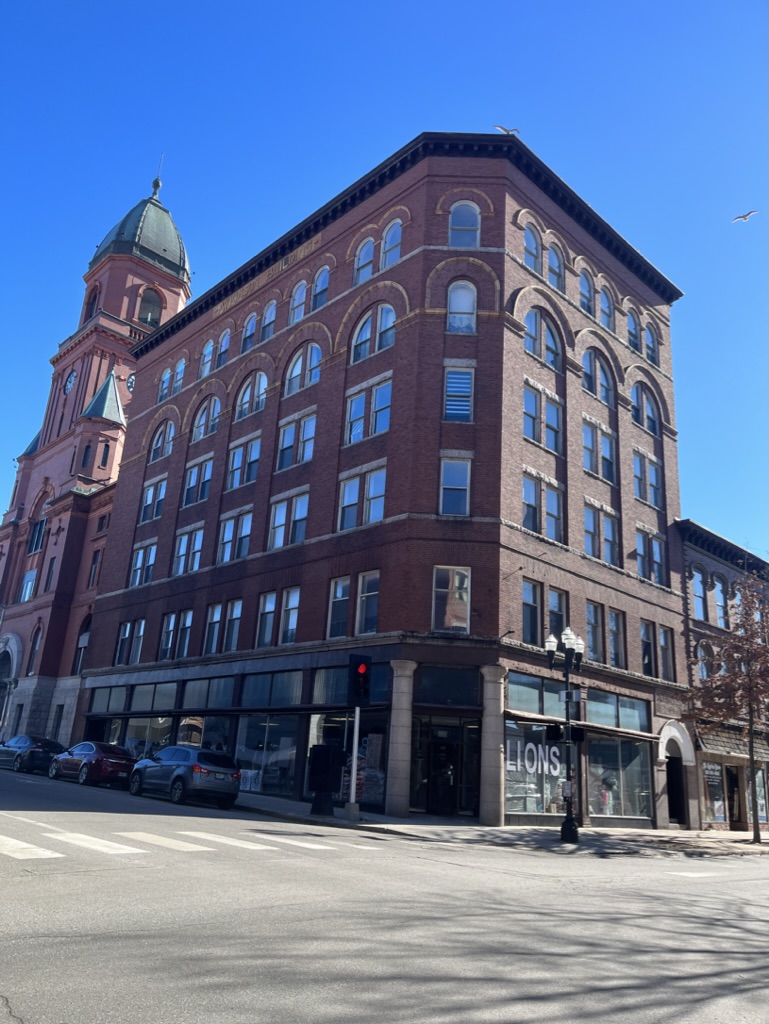
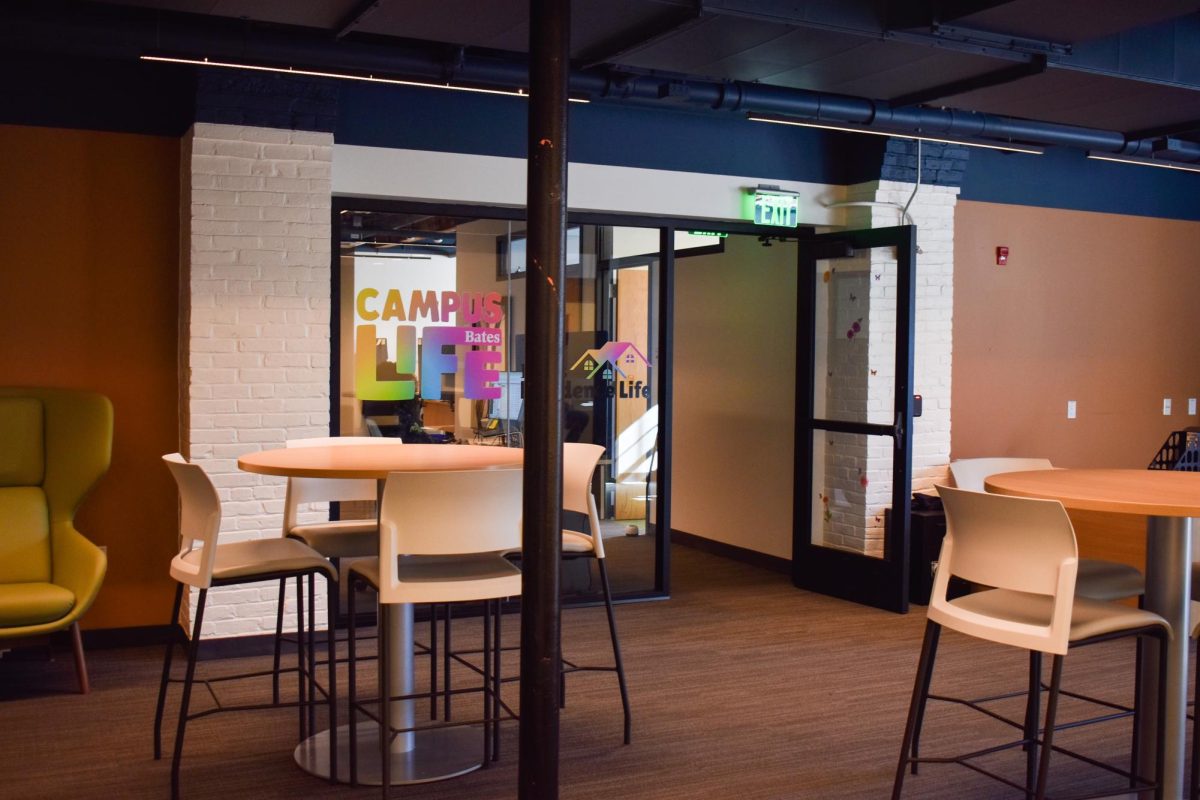
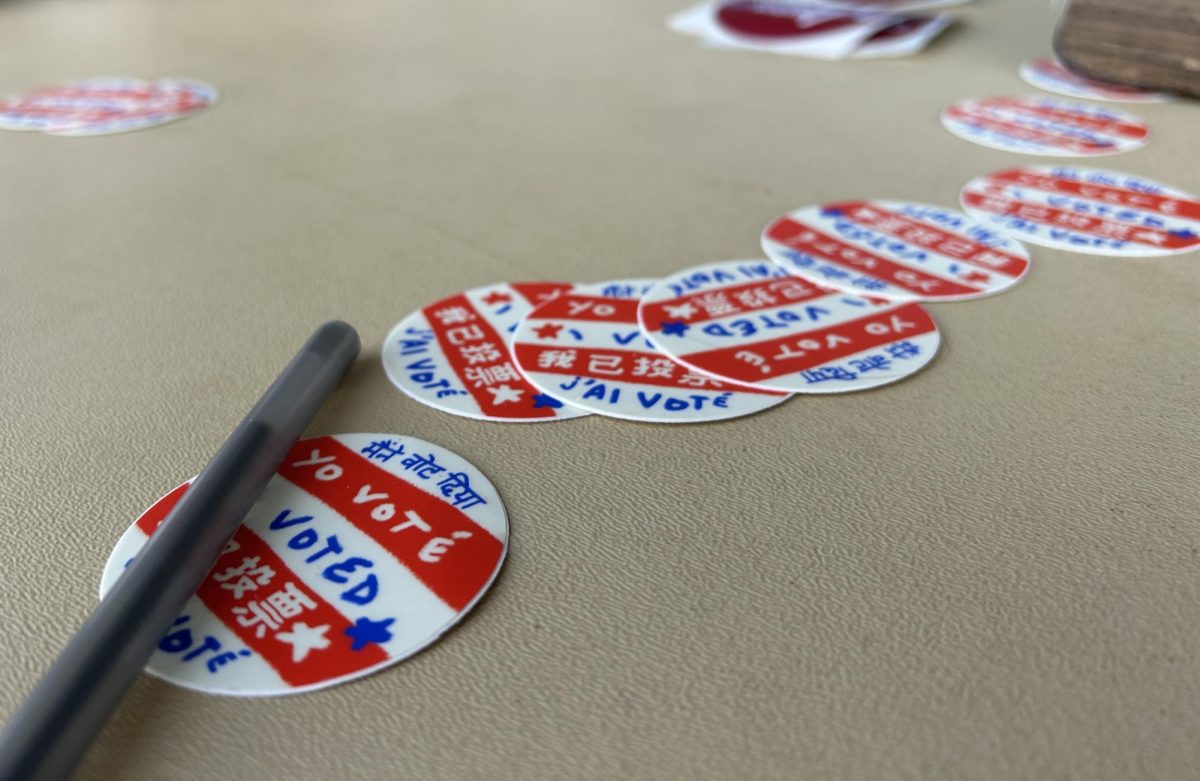
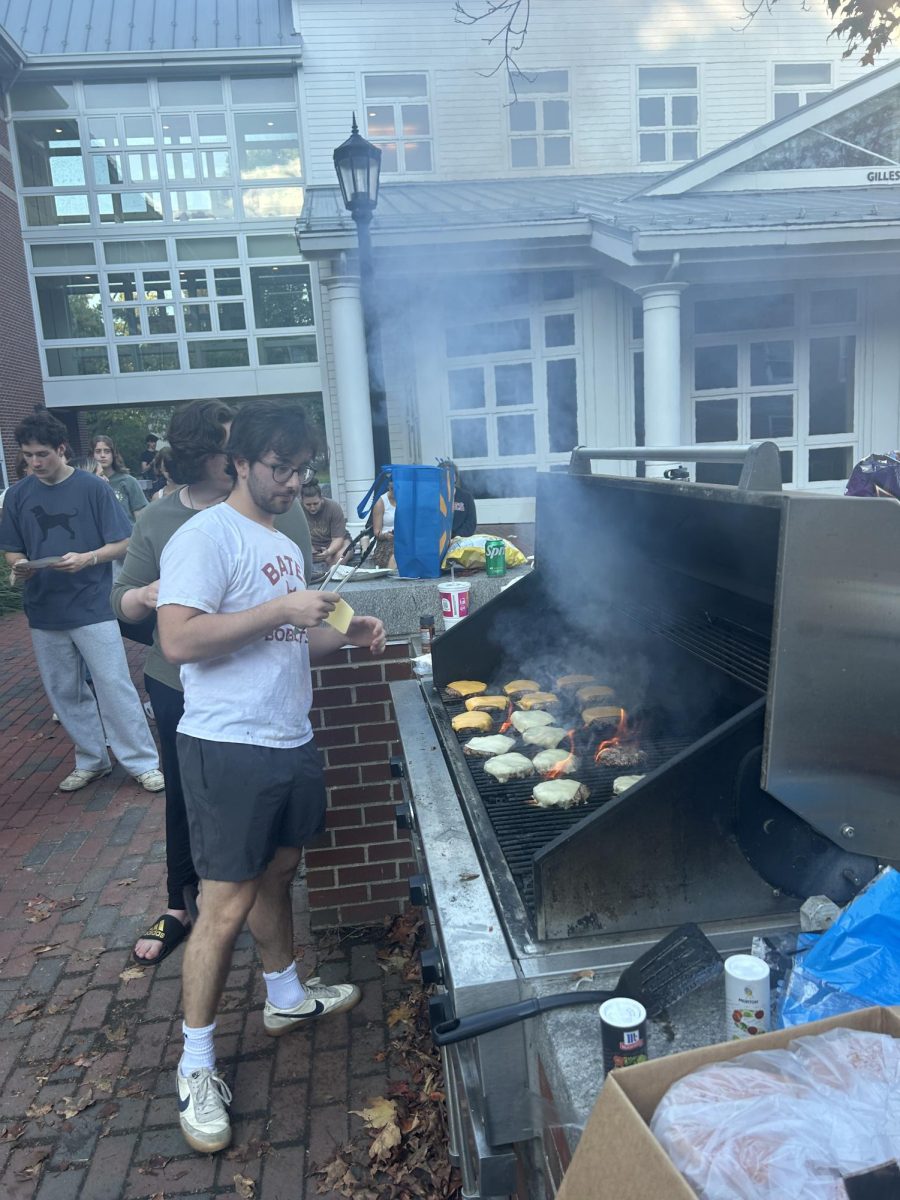
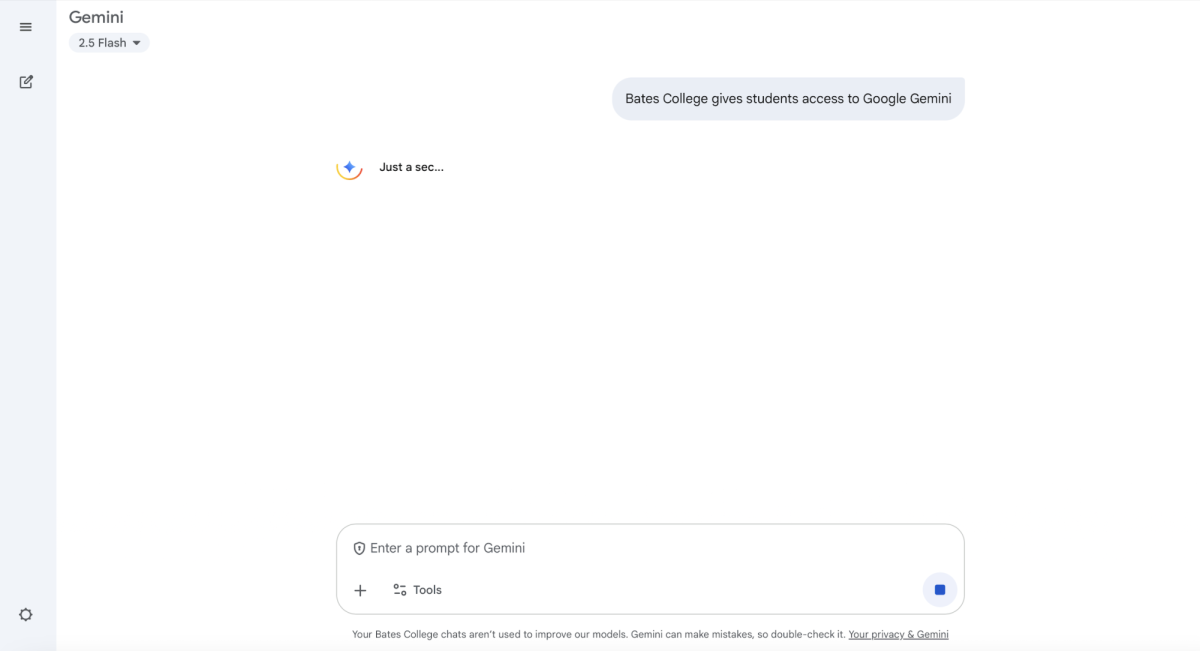
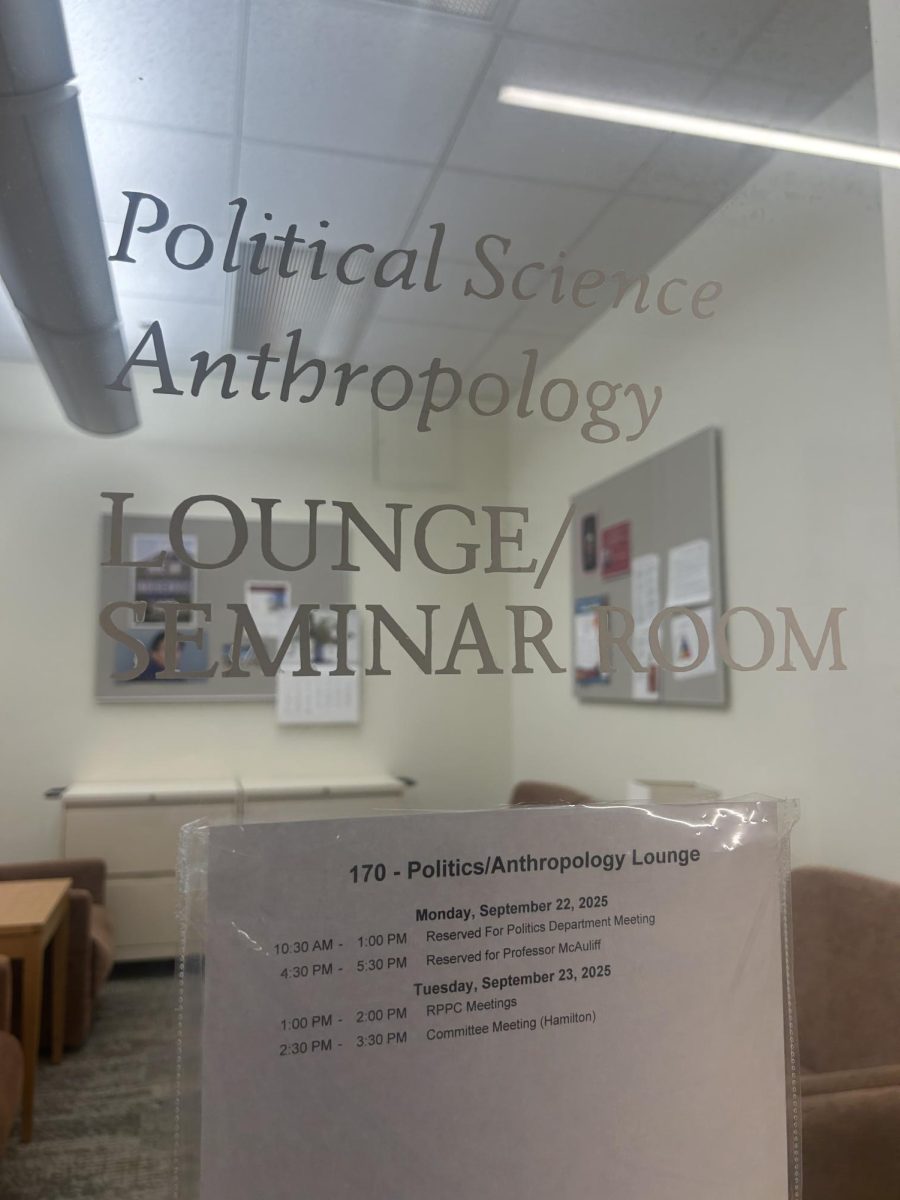
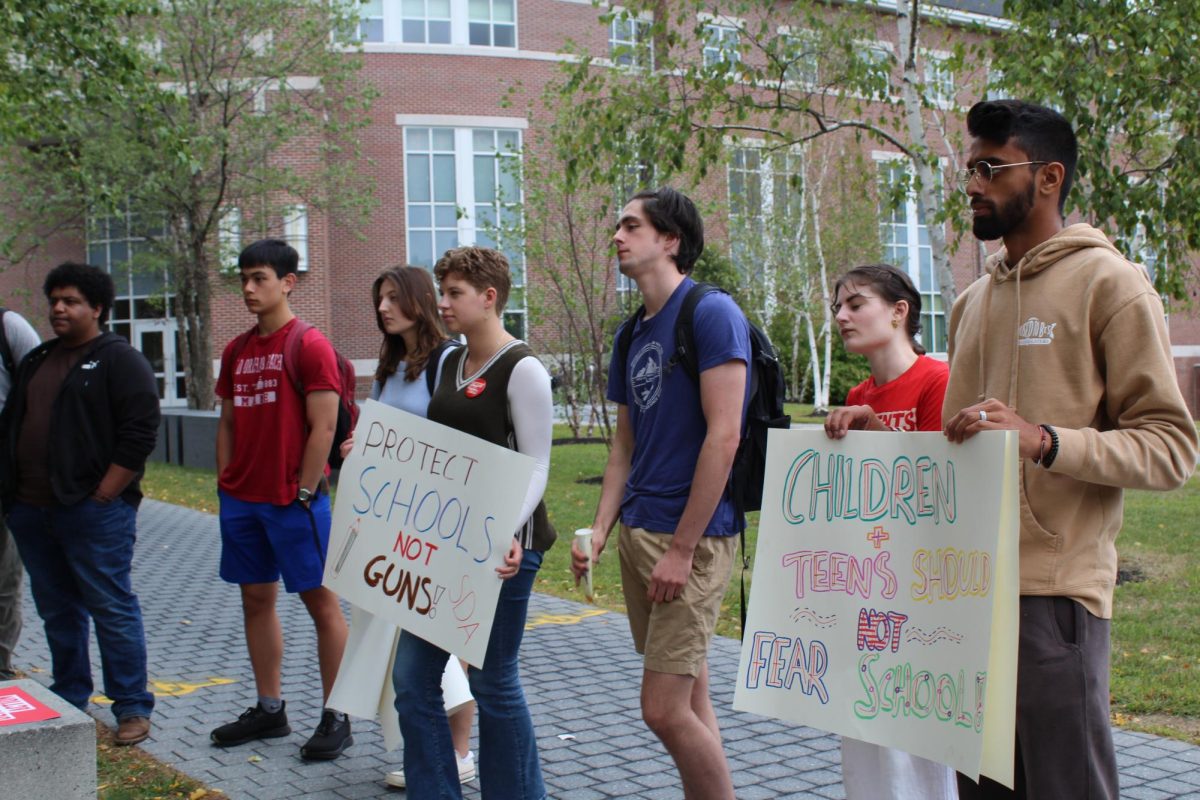

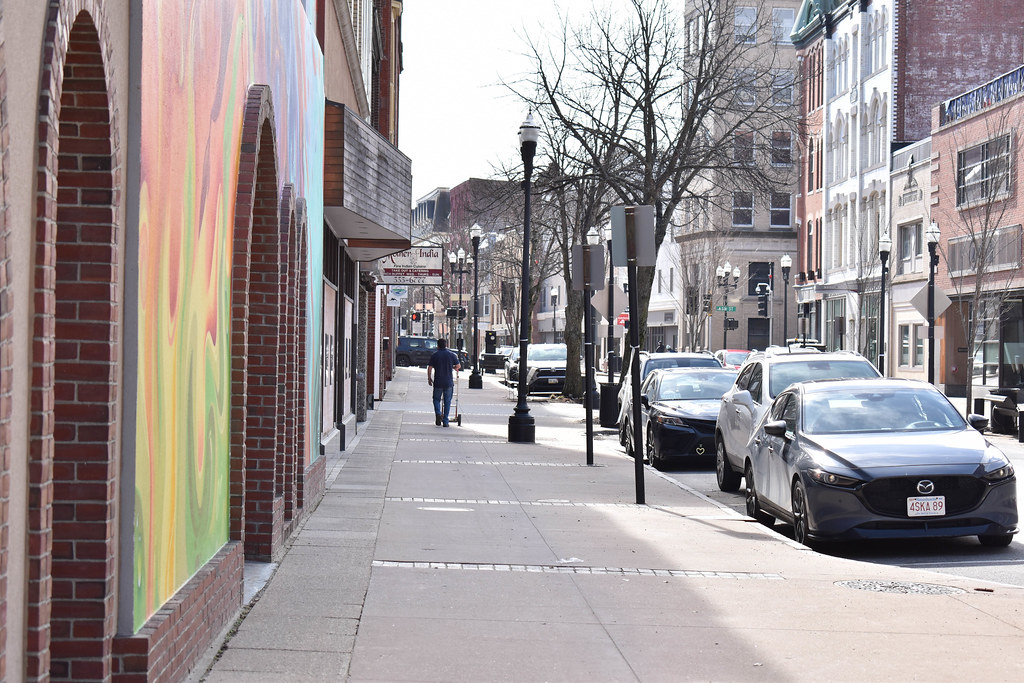

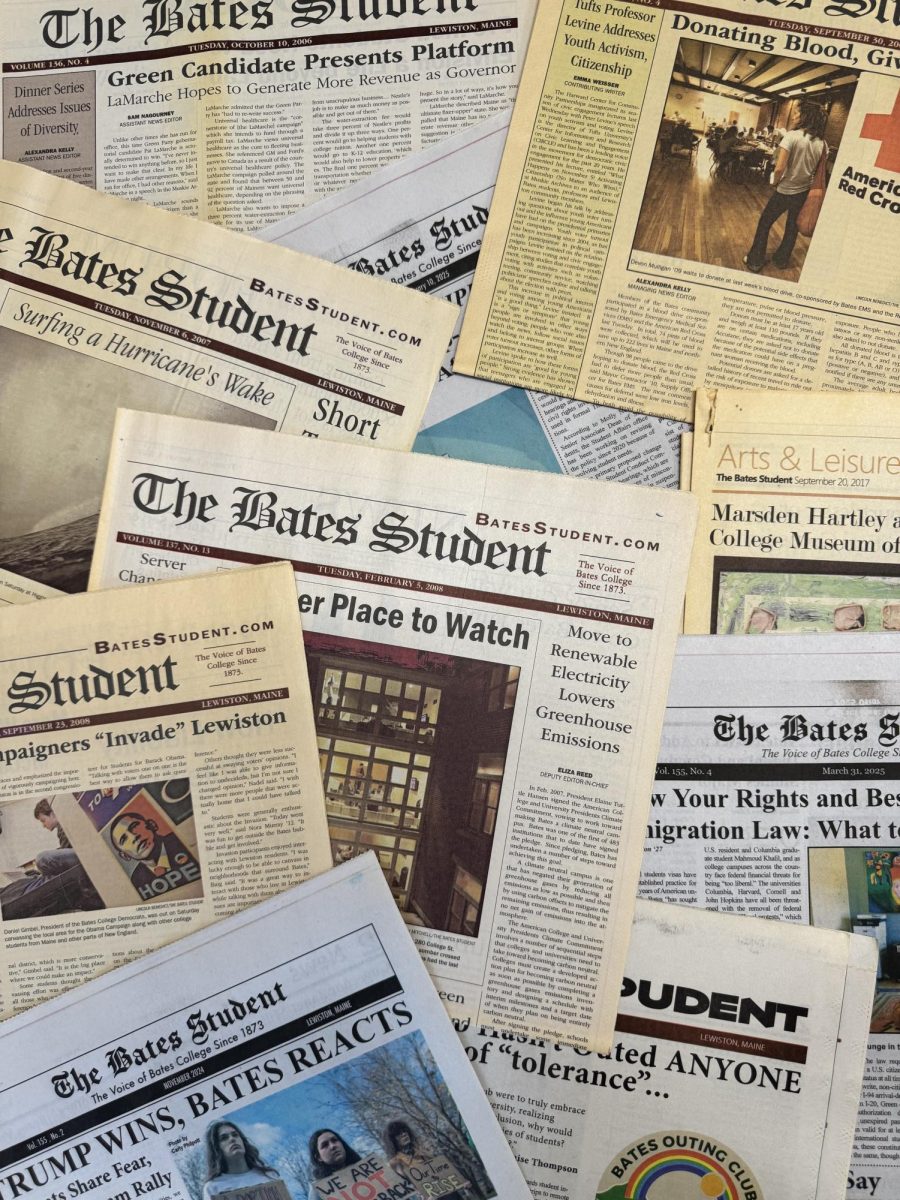
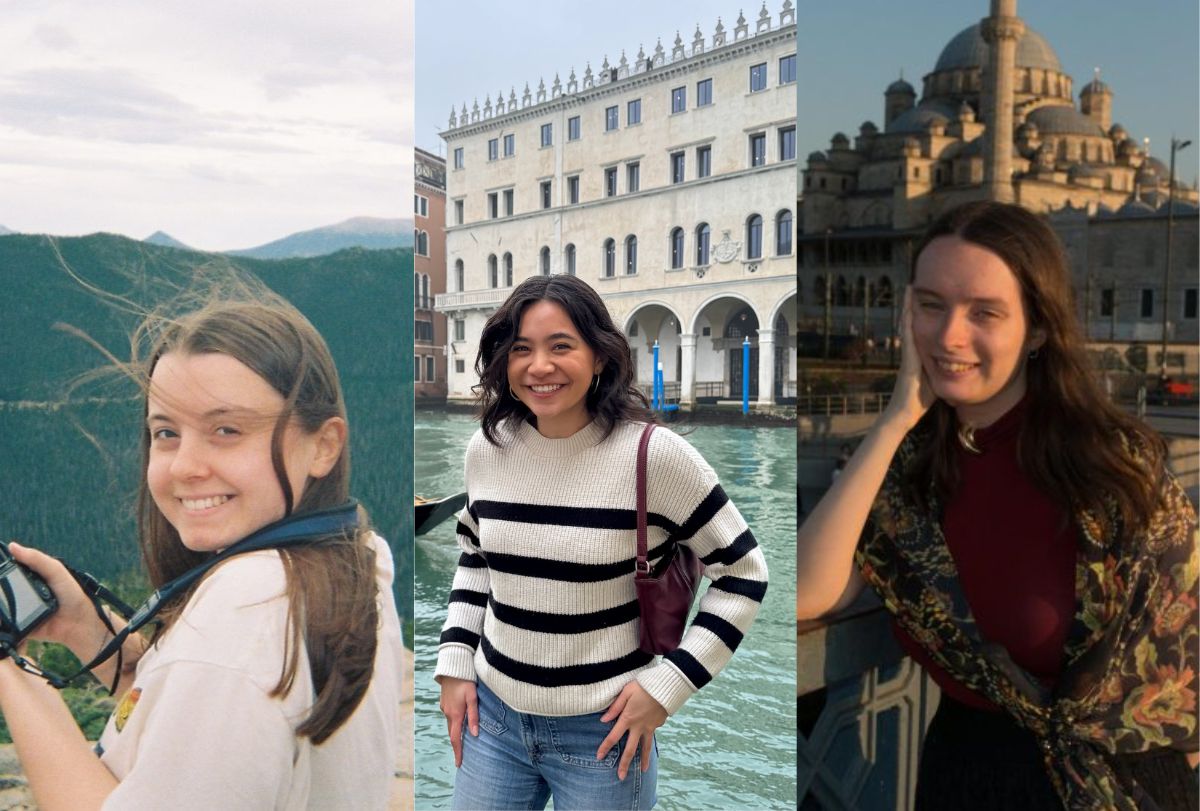
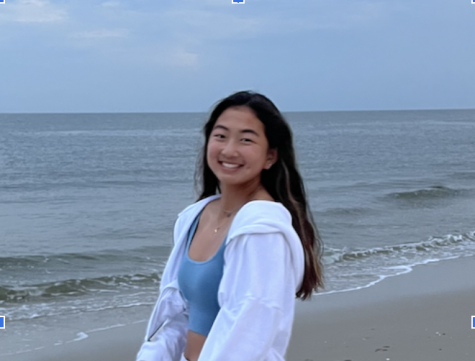
Steve Collins • Aug 30, 2024 at 9:11 AM
I just want to echo this encouragement to get involved in Lewiston and Auburn. You will be here for four years. That’s a long time. After you graduate, it may be several jobs down the road before you are in one place for so long. You can make a real difference here. And your efforts to do so will also help bridge the divide between some residents and this amazing college.